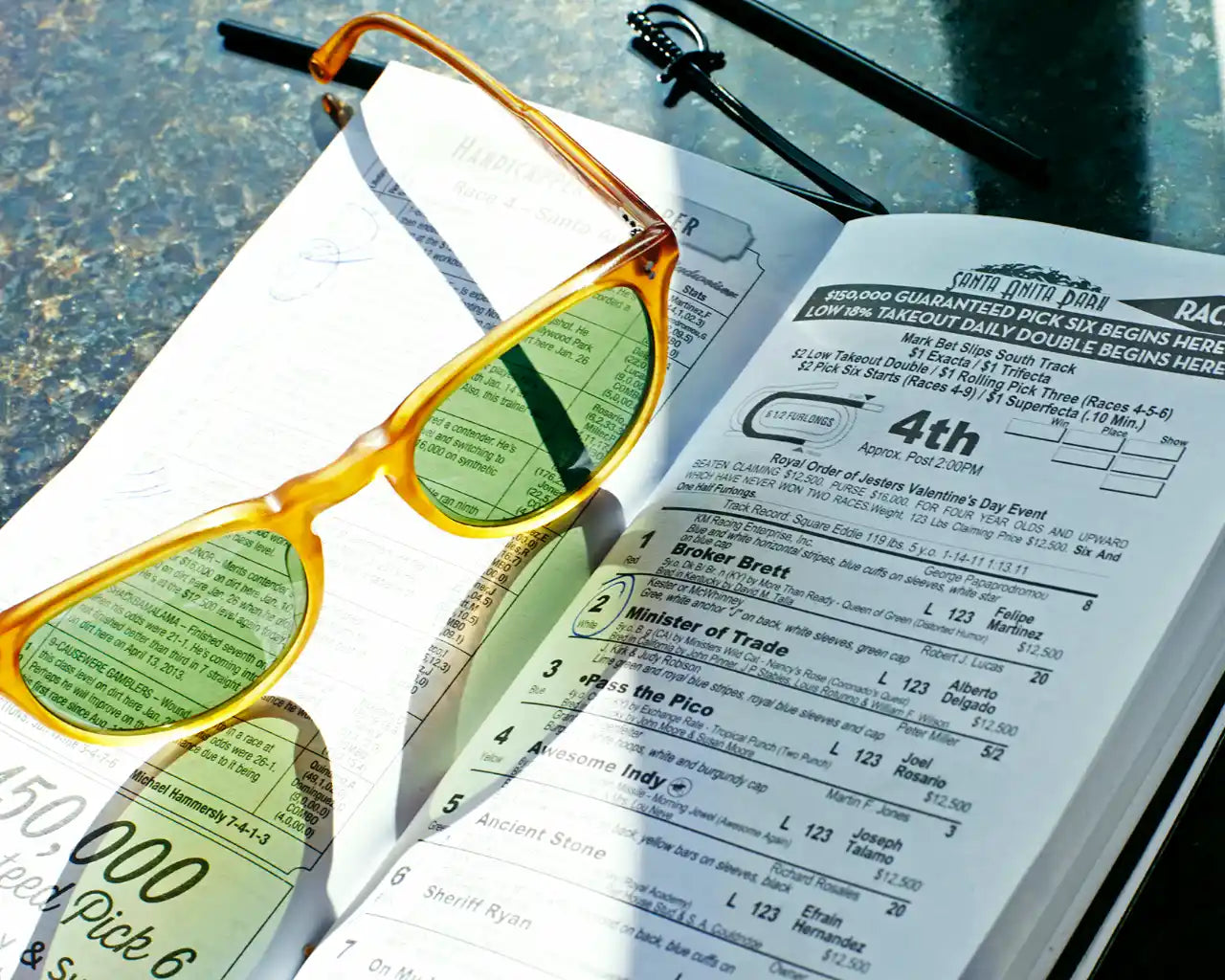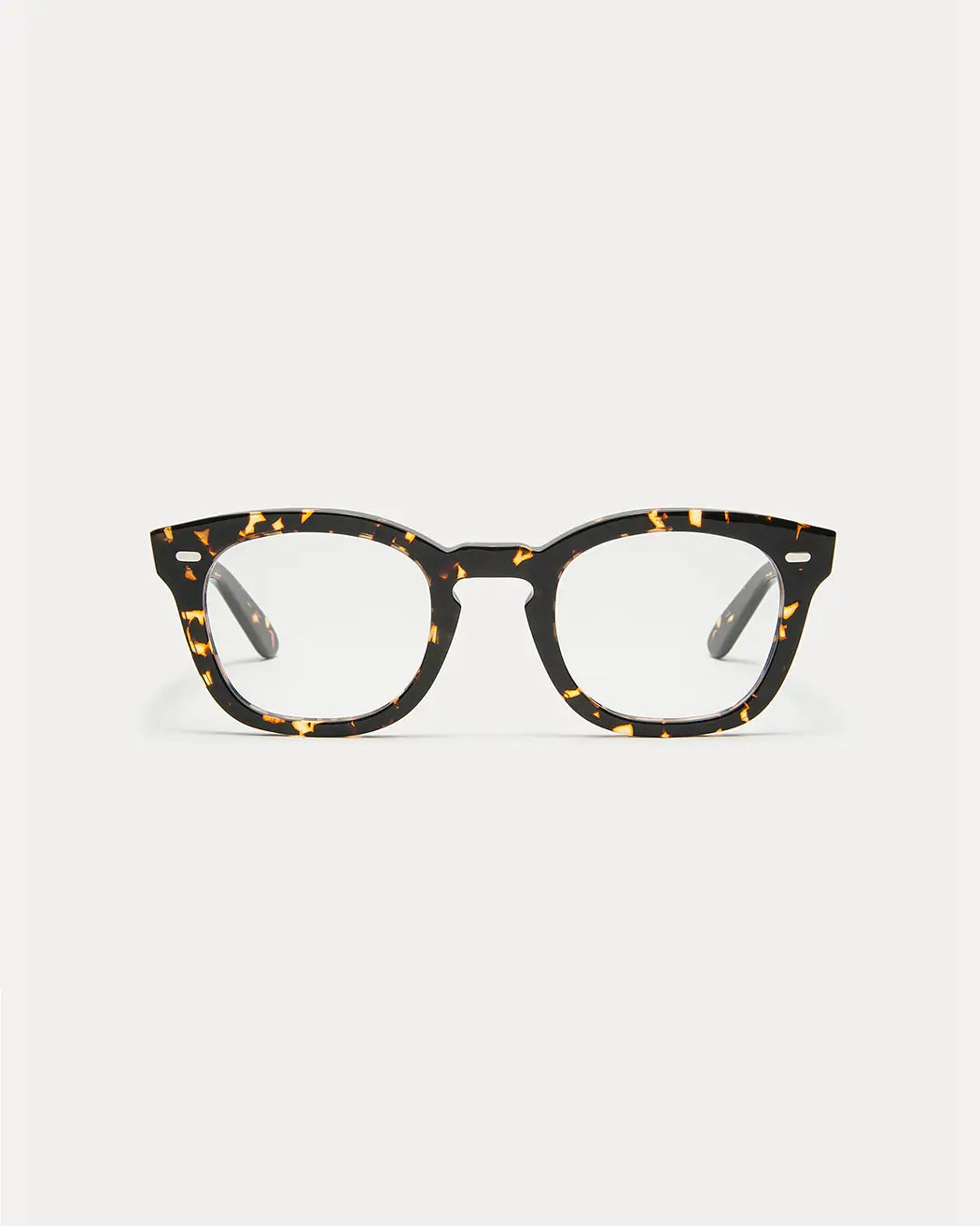Visual Snow: A Curious Neurological Enigma

Visual snow is a term that may be unfamiliar to many, but for those who experience it, the condition is unmistakably tangible. This enigmatic neurological phenomenon manifests as a persistent visual disturbance resembling "static" or "snow," similar to the noise seen on a detuned analog television. It is a condition that challenges our understanding of neurological processes, and though much remains to be discovered, current research offers glimpses into its origins and possible interventions.
What is Visual Snow?
At its core, visual snow is a neurological condition in which individuals perceive a consistent, grainy disturbance across their visual field. This 'static' remains even when they close their eyes. It's important to differentiate visual snow from the brief, shimmering effect one might experience after looking at a bright light, which is transient and fades away. Visual snow is persistent and can be accompanied by a variety of other visual disturbances including:
- Afterimages
- Trails behind moving objects
- Enhanced blue field entoptic phenomenon (seeing tiny bright dots moving quickly along squiggly lines in the blue sky)
- Photophobia (sensitivity to light)
- Nyctalopia (night blindness)
The Neurological Underpinnings
Although the exact cause of visual snow remains elusive, there is mounting evidence that it is a brain-based condition rather than an issue with the eyes themselves. Brain imaging studies have identified hypermetabolism in the lingual gyrus, a region of the brain linked with vision, in individuals with visual snow. This suggests that the brain processes visual information differently in these individuals, potentially leading to the static-like disturbances they perceive.
Potential Triggers and Associated Conditions
While the primary cause of visual snow remains uncertain, several potential triggers and associated conditions have been noted:
- Migraine: A significant portion of those with visual snow also experience migraines, suggesting a potential link between the two conditions.
- Trauma or Injury: Some individuals report the onset of visual snow following head trauma or injury, suggesting a potential mechanical trigger.
- Drugs: Some drugs, especially hallucinogens, have been associated with the onset of visual snow in some individuals.
Diagnosis and Treatment
Diagnosis of visual snow remains a challenge. There is no specific test that can definitively identify the condition, so diagnosis is typically based on the exclusion of other conditions and a detailed patient history.
Treatment options for visual snow are limited and typically revolve around managing associated symptoms. Some patients find relief with certain medications, such as lamotrigine or valproate, which are anticonvulsants. Others benefit from lifestyle modifications, such as reduced screen time, the use of tinted glasses, or biofeedback therapy.
The Psychological Impact
Living with a constant visual disturbance can be psychologically taxing. Many individuals with visual snow report feelings of anxiety, depression, and social isolation, which underscores the need for supportive care and understanding from family, friends, and medical professionals.
Future Directions
As our understanding of the brain deepens, there is hope that more effective treatments for visual snow will emerge. Ongoing research aims to pinpoint the precise neurological mechanisms behind the condition and to identify potential therapeutic targets.
In the meantime, raising awareness of visual snow is crucial. Many individuals with the condition go years without a diagnosis, often feeling dismissed or misunderstood by medical professionals and loved ones. By shedding light on this neurological enigma, we can pave the way for better diagnosis, treatment, and support for those affected.
Visual snow is a perplexing condition that challenges our understanding of the brain and visual processing. Although many questions remain, ongoing research and increasing awareness offer hope for those who live with this mysterious visual disturbance. By continuing to delve into its intricacies, we may one day unravel the full story of visual snow and discover effective strategies for alleviating its impact.




